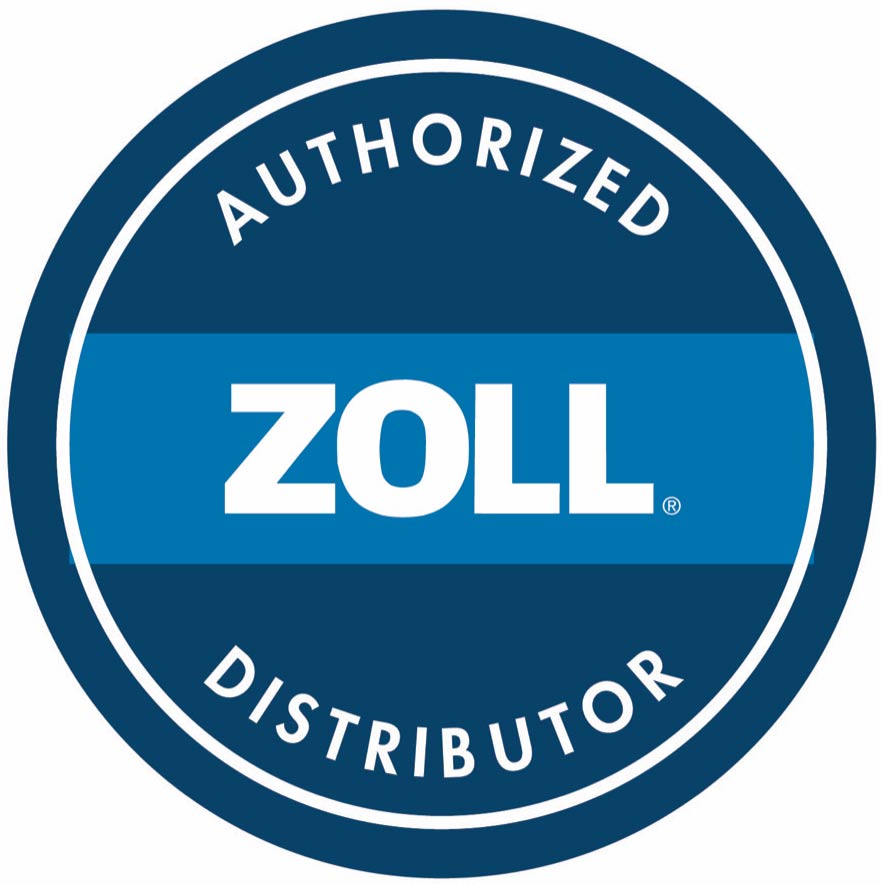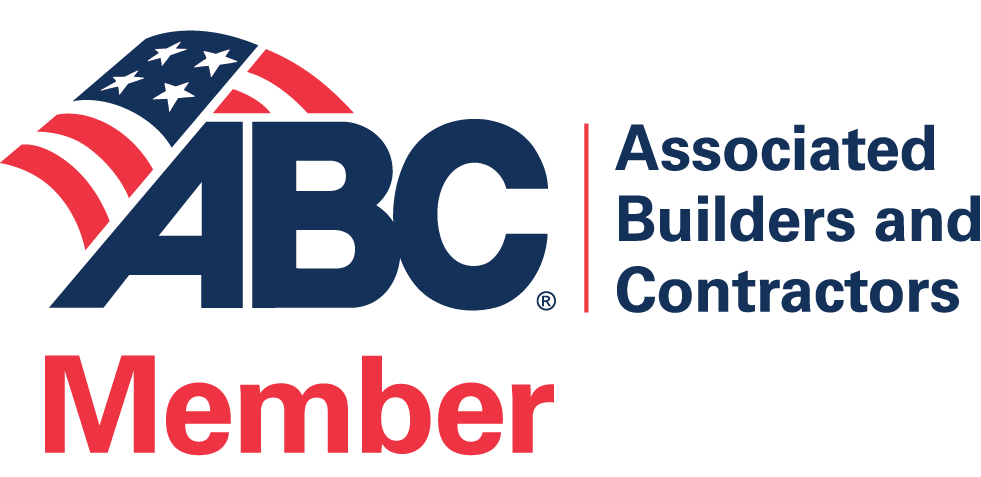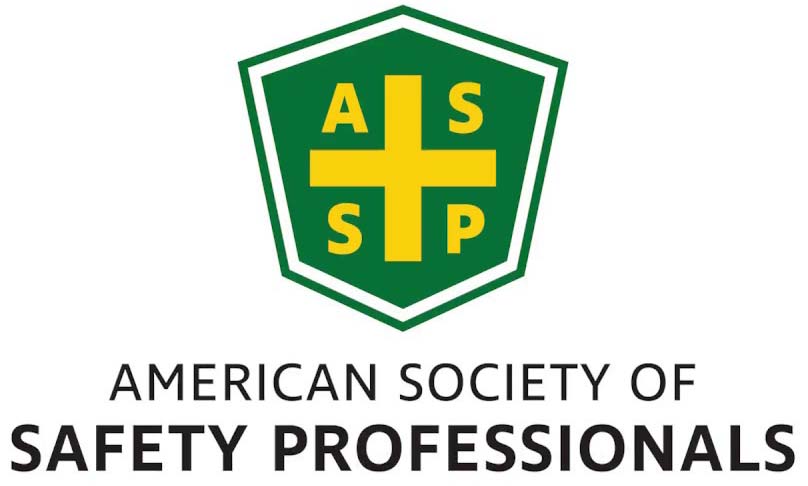As you might have noticed, it’s hot out. High heat and humidity levels are not only uncomfortable; they greatly increase the risk of heat-related illnesses, especially in industries like construction and manufacturing. The Occupational Safety and Health Administration (OSHA) reports an average of nearly 3,500 heat-related injuries and illnesses resulting in time away from work each year from 2011 to 2022, and an average of 40 worker fatalities per year over that same span.
For those reasons, OSHA has intensified inspections and enforcement of heat safety issues in many industries. A proposed rule would require businesses to develop a written heat illness prevention plan, and to take specific actions including training on heat illness prevention. Regardless of the rule, having a written plan is a best practice for any business.
Heat-related illnesses can take several forms, from relatively benign to life-threatening. Here’s an overview, from least to most severe:
Heat rash: When sweat fails to evaporate, small, red bumps can develop. Cooling the skin and avoiding the heat for a time will usually result in improvement, but consulting a medical professional might be necessary.
Heat cramps: Salt and fluid loss from sweating can cause very painful cramping, often in the legs or abdomen. As with heat rash, get to a cooler place. Drink water or a sports beverage and gently massage and/or stretch the affected areas. If symptoms persist for more than an hour, seek medical attention.
Heat exhaustion: Heat exhaustion is characterized by some combination of heavy sweating, dizziness, weakness, headache, nausea and vomiting. Treatment is virtually the same as for heat cramps: Get to a cool place, rest, and hydrate. A cool shower or cool, wet cloths can help. Again, seek medical attention if symptoms fail to improve within an hour.
Heatstroke: The most dangerous of heat-related illnesses, heatstroke is the failure of the body’s temperature regulation system. The results of this failure can include a sudden rise in body temperature, confusion, loss of consciousness, and potential seizures. Heatstroke can be fatal. If you suspect heatstroke, don’t wait. Call 911 immediately, and while you’re waiting for help to arrive, get the victim to a cool place, remove excess clothing and cool the body, and be prepared to administer CPR if they stop breathing.
In addition to stepping up enforcement, OSHA offers a free heat safety app for both Android and iPhone. The app allows workers and supervisors to calculate the heat index and risk level for a given site, and offers reminders about specific protective measures to take. You can download the app here: OSHA Heat Safety Tool.
Questions about heat-related safety in the workplace? Contact Heart to Beat.











